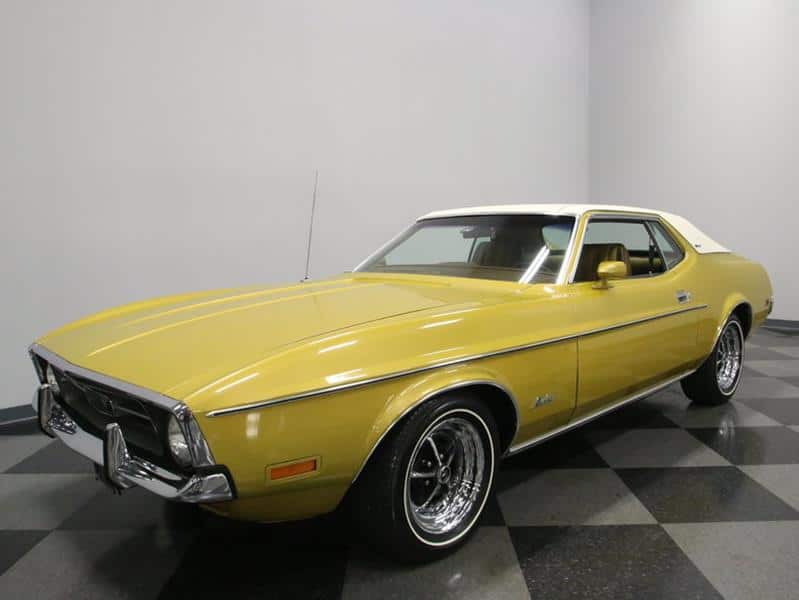
“What Mustang does best is go places. It’s an exciting new blend of beauty and action…at an easy-to-handle price.” 1972 Mustang sales brochure
- The Boss Mustang model disappeared for 1972, as did the Boss 351 V-8.
- Government regulations changed the way horsepower ratings were calculated, calculating “net horsepower” rather than the former “gross horsepower.” New lower horsepower ratings for all engines reflect this change.
- Though the 1972 design was all but unchanged from the 1971 redesign, the Mustang did offer a slew of new options, including offering the black honeycomb grille, formerly exclusive to the Mach I, to any model.
Muscle Car Specifications
While certainly not marked by physical changes (other than the word “Mustang” written in script on the side instead of block letters, it’s difficult to differentiate between the base 1971 Mustang and ’72 models), 1972 was marked by notable absences in the Mustang line. Along with the Boss Mustang, both 429 cubic inch V-8 engine options available in 1971 were gone. This left the 351 cubic inch 4 -valve V-8 at the top of the heap, with a horsepower rating of 266, as per the new regulations. The total number of engines offered for 1972 was just four, the lowest amount of options since 1966.
A 2-valve version of the 351 V-8 was also offered, which produced 163 horsepower. The base engine was still the 250 cubic inch six cylinder, now rated at just 98 horsepower, while the base V-8, a 302 cubic inch engine offered 140 horsepower. It should be noted, however, that the actual performance of the engines didn’t change, just the power ratings. The ratings change seemed to be another symbolic marker that the era of pony and muscle cars was quickly coming to an end.
As it had been since 1967, total Mustang production was once again down from the previous year, falling 16.4 percent since 1971 to 125,093. With the compact car trend invading the auto industry, Ford released the small Maverick and Pinto lines in 1970 and 1971, respectively. This in part accounts for Mustang constituting the lowest share of Ford’s total production, which was at 5.48 percent in 1972 (for comparison, the Maverick and Pinto lines combined to make up 33.8 percent of all Fords produced). In fact, 5.48 percent was the exact same percentage of Ford production the Mustang held in 1964, though it’s important to remember that the 1964 (1/2) Mustang was only produced for a few months.
A notable aspect for 1972 was that the MSRP for every Mustang decreased this year. The average MSRP dropped a significant 12.85 percent. While the highest base model in 1971 was the 351 Boss Mustang, which was the first Mustang with a base price over $4,000, the most expensive base model for 1972 was the Mach I, at just $3,003 (8.11 percent lower than the 1971 model).
Hardtop
Following the trend of most Mustang models and the line as a whole, production of the base model dropped once again this year to 57,350, a 12.71 percent decrease since 1971. With that said, the hardtop model was still the best selling Mustang model, as it had been every year since its introduction.
Sports Roof
The base fastback model produced the most significant production decrease of 1972, down 34.79 percent from the previous year to 15,622.
Convertible
On the other hand, for the first time since 1966, the convertible actually saw an increase in production, up 4.57 percent from the 1971 model year. With 6,401 produced, the convertible was still at the bottom of Mustang production.
Grande
1972 also saw an increase in production of the Grande model, up 3.67 percent since 1971 to 18,045. As in the previous year, the Grande basically was a luxury option package for the hardtop that Ford marketed to those seeking practicality and luxury in their Mustang. It came with standard features including a vinyl top, combination Lambeth cloth and vinyl seats, wood-grain, a deluxe instrument panel and a console.
Mach I
The second highest production of a Mustang model in 1971 was the Mach I, with 27,675 units produced. This, however, represented a 24.07 percent decrease from the previous year. Mach I was the only Mustang with a standard V-8 engine (the 302) and also came standard with the honeycomb grille, dual racing mirrors and Mach I decals.
Pony Car Competition
The Mustang was not alone in its production decreases during 1972. In fact, every car considered a pony car saw production decreases this year: AMC Javelin, Chevy Camaro, Dodge Challenger, Plymouth Barracuda and Pontiac Firebird.
Ford’s corporate cousin, the Mercury Cougar, which had pulled away from its resemblance to the pony car by a 1971 redesign focusing on luxury over performance, also saw production decline. Every sign was in place that the age of the pony car was over. Ford, if represented by its lack of body style and engine changes, would remain a holdout to change for one more year.
Engine Specifications
| Type | Size | Carb | Horse Power | Tourqe |
|---|---|---|---|---|
| I-6 | 250ci | 1×1 bbl | 99 hp | |
| I-6 | 250ci | 1x1bbl | 99 hp | |
| V8 | 302ci | 1x2bbl | 141 hp | 247 lb-ft @ 1800 rpm |
| V8 | 302ci | 1x2bbl | 141 hp | 247 lb-ft @ 1800 rpm |
| V8 | 351ci | 1x4bbl | 266 hp | |
| V8 | 351ci | 1x4bbl | 248 hp | |
| V8 | 351ci | 1x2bbl | 164 hp | |
| V8 | 351ci | 1x2bbl | 164 hp |
Performance Statistics
Estimate
| 0 to 60 mph | Quarter Mile | Engine | Source |
|---|---|---|---|
| 6.2 sec | 14.4 sec |
amazing car
ive had many mustangs amung other collectibles such a cuda, charger and many more.
this model is my favorite by far.
Verdict
This Is A Big Car
This generation of the Mustang is not for the timid. These cars are big with really long hoods and short trunks. The 1972 Mustang like the year before and after is a polarizing design. People either love it or hate it. As for me, I started out hating these cars but over the years they have grown on me.
It’s interesting that every previous generation of the Mustang grew larger over the wears until Ford took it to the extreme and shrunk the mighty pony car into some kind of weird compact in 1974.

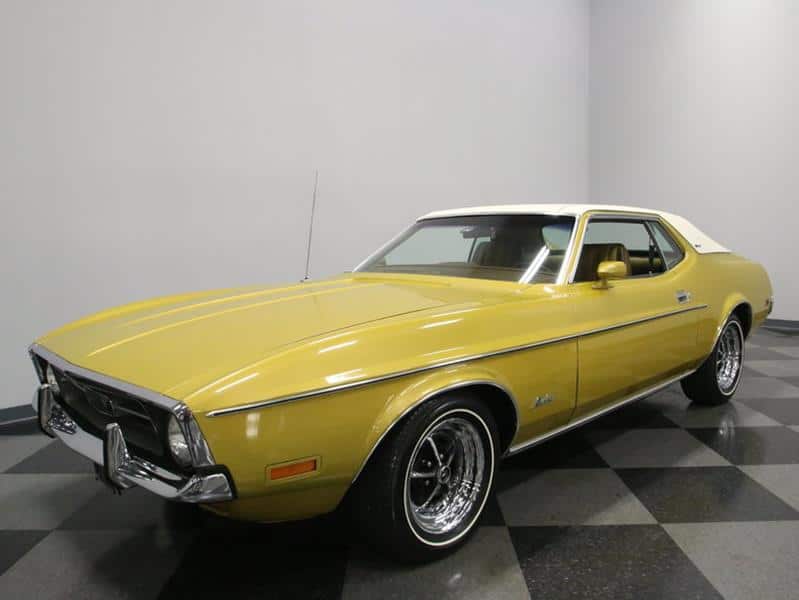
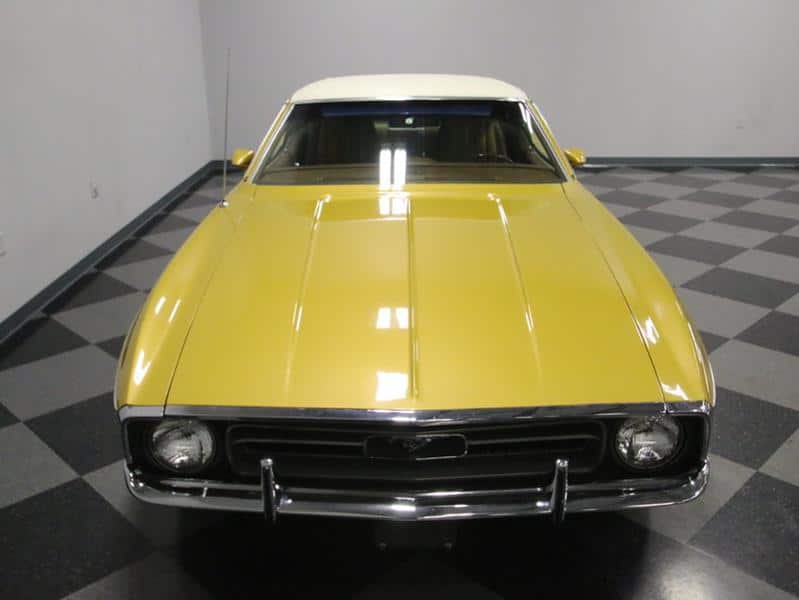
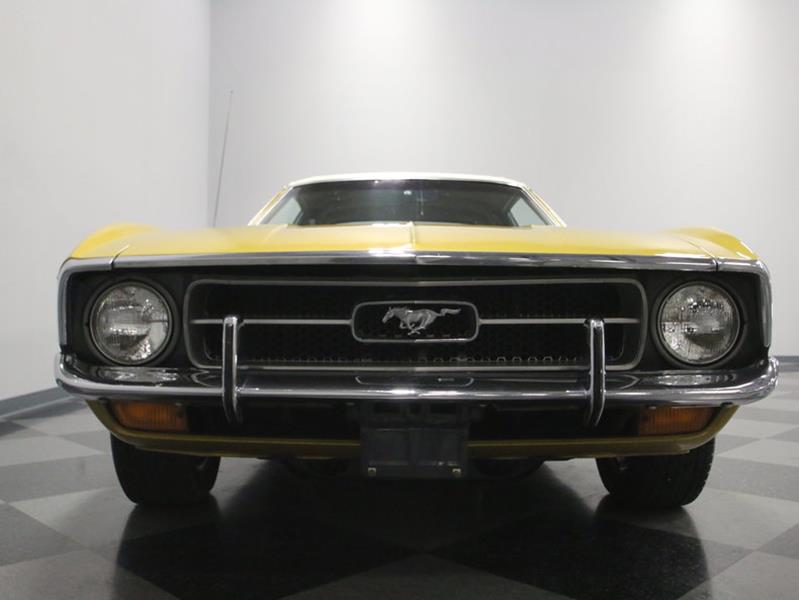
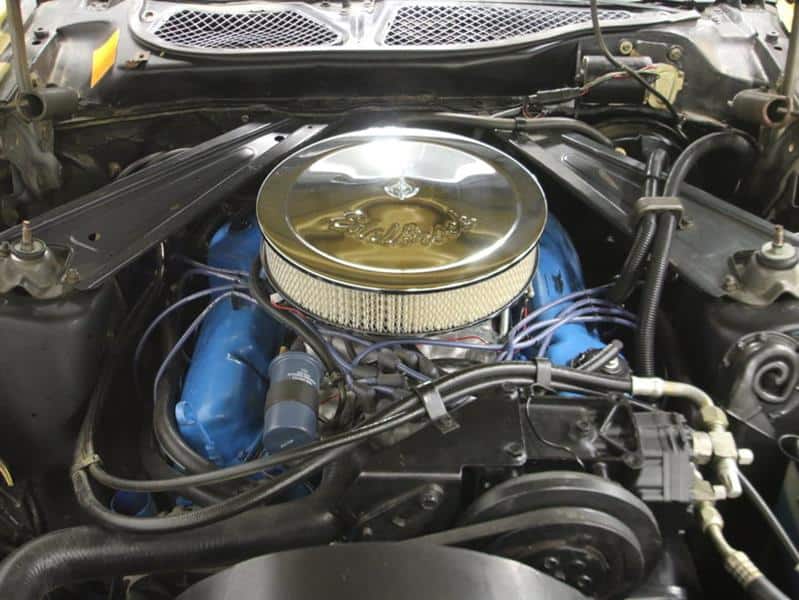
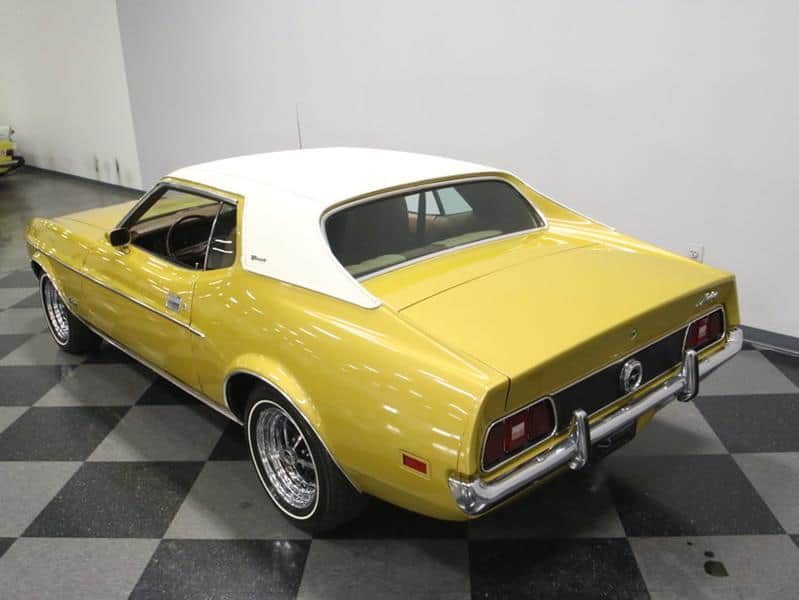
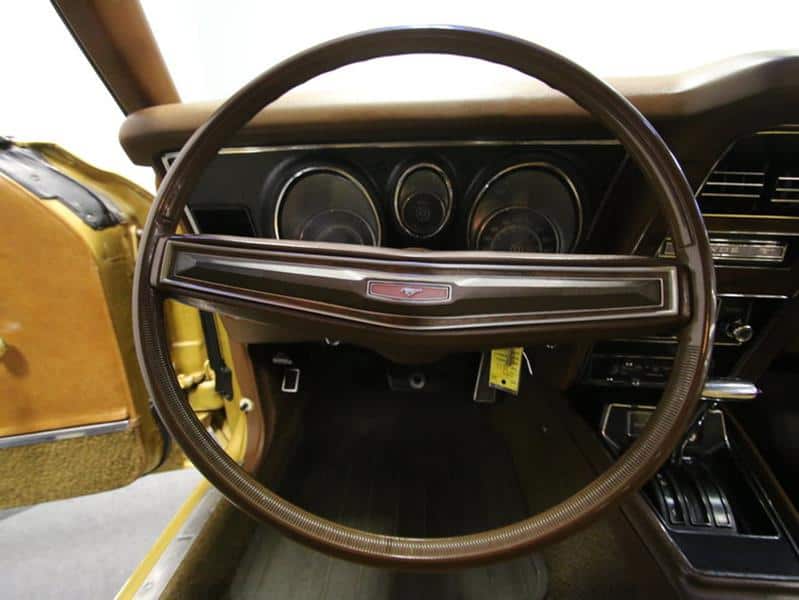
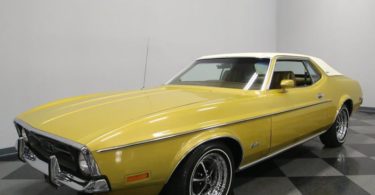
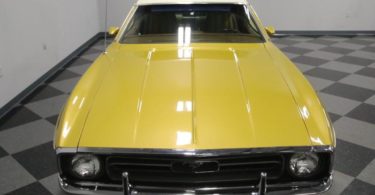
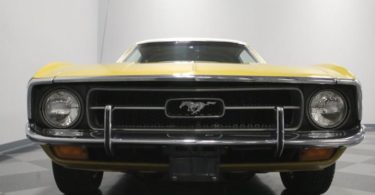
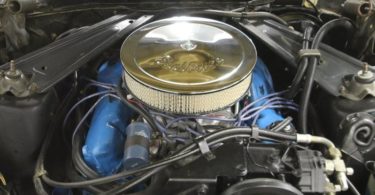
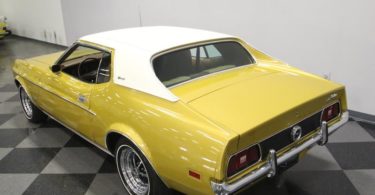
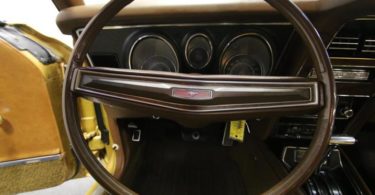
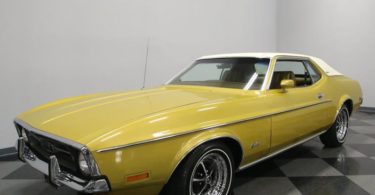

Put a 71-73 Mustang next to a new Toyota Camry or Nissan Maxima, and they look small. They were only a couple inches longer than a 69 Stang, and 71-73’s are actually 2.5 inches shorter than a Camry. Kinda puts all this “BIG” Mustang stuff in perspective.